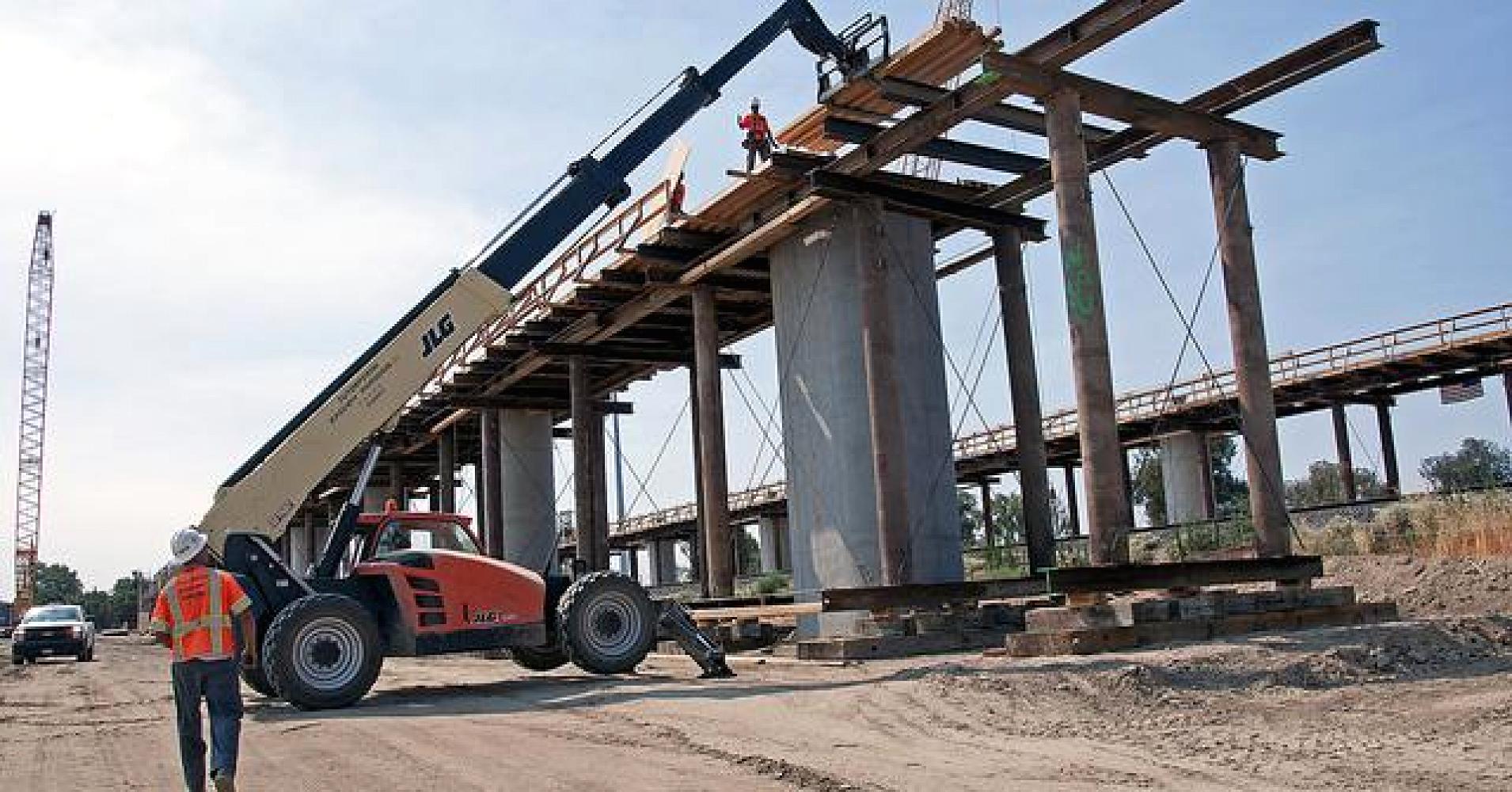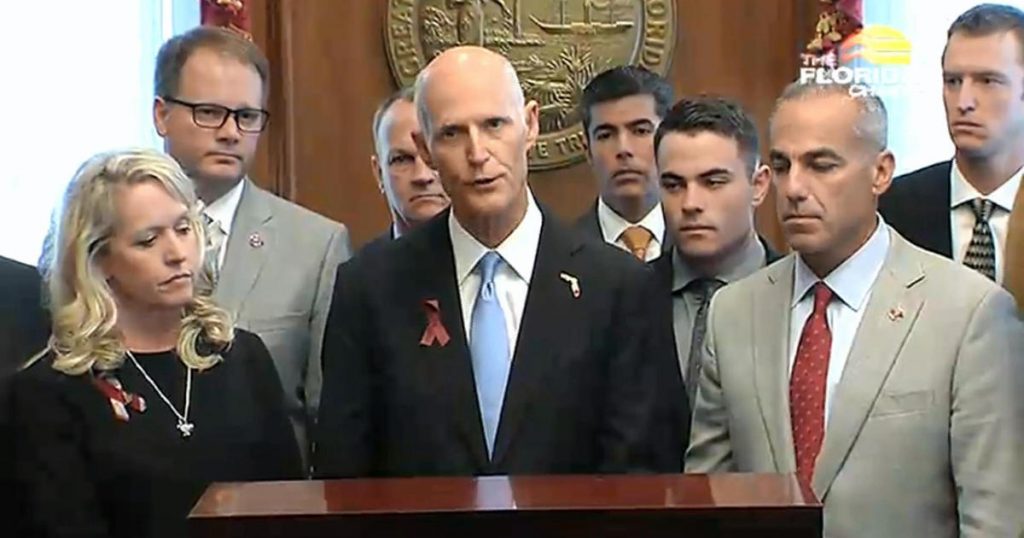
The projected cost of California‘s bullet train from San Francisco to Los Angeles has jumped to $77 billion and the opening date has been pushed back four years to 2033, according to a business plan released Friday.
The two-year plan presented by the California High-Speed Rail Authority is the first under new chief executive Brian Kelly, who has promised more transparency about the project’s challenges after years of cost increases and delays.
While the goal is to connect the two major cities, the new plan focuses primarily on opening track between San Francisco and the Central Valley, an agriculturally dominant, less-populated portion of inland California. That portion of track is now set to be finished by 2029, also marking a four-year delay, and significant challenges remain.
One of them is how to cross through a section of mountains — a critical segment to link Silicon Valley to the Central Valley. Rail officials are still working on how best to do that, Kelly wrote in the plan’s introduction.
The $77 billion cost, a 20 per cent increase, is a baseline estimate, but Kelly also included high and low ranges in the plan based on potential risks.
It says 119 miles (192 kilometres) of track in the Central Valley is scheduled to open by 2022, which would make it the first operational segment. That’s 14 years after voters approved a $10 billion bond for high-speed rail in November 2008.
A summary of the plan reviewed by The Associated Press offers limited details on the portion from Central Valley to Los Angeles. The agency hopes to complete all necessary environmental reviews for the entire line by 2022, a delay from initial timelines that planned for environmental clearance by 2017 for most parts of the track.
How to pay for the entire project remains “uncertain,” Kelly said.
The state has spent $2.5 billion in federal stimulus money and has an additional $930 million in federal money on the table. That’s on top of the $10 billion bond from voters.
The rest of the money comes from California’s cap-and-trade auctions, a system meant to limit carbon emissions by selling credits to pollute and a volatile source of revenue that can be diverted by lawmakers in the future. Predicted private investment has not come in either.

